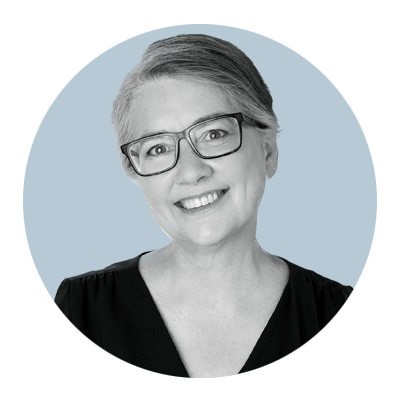A Placemaking Journal
Measure Local, Share Global: There’s an app for that
Okay, so I have a little problem. Since 1985 I’ve been a committed, out of the closet, Macoholic. I wrote my architectural thesis on an Apple IIe. Don’t do the math — I’ll be fifty this year.
A couple of months ago one of my business partners, Howard Blackson, suggested we find a way to use our iPhones and iPads to collect the urban DNA we use in writing form-based codes (another problem of mine — I’m a code geek). Understanding how to write standards that produce the types of places people love the most is my professional passion.
So imagine my excitement on April 1st to find that Project for Public Spaces had a blog post titled “The Placemaking Revolution Comes to Your Pocket.” I followed the link hoping to find something for my iPhone that would be useful in our work but, of course, it was their April Fools joke. And it was pretty darn funny. But I digress.

The first step in the process of place-based DNA extraction is something we geeks call a Synoptic Survey. We photograph and measure all the things that make up the character of a place we’re looking to emulate: height, setbacks, whether it’s a porch or a stoop or a shopfront, the type of yard (if any), sidewalks, street trees, parking and travel lanes. You get the idea. Then we translate the data into code that can ensure new development that’s in character with locally-favored patterns and places.
Over time, we’ve amassed a wealth of data on wonderful places all across the U.S. and Canada. For municipalities and practitioners working to retrofit conventional suburbia or enhance the character of modest places offering little in the way of built models, such aspirational DNA could be a tremendous asset. But how can we make it available?
Much of our work is built upon the open source form-based code template, the SmartCode. It has grown dramatically in the last five years through the development of modules that can be added to the base code in response to local needs. Much like iPhone apps. With this open source idea as inspiration, we wondered, how can those of us who do similar work begin to share our libraries of information? So I started working on my first iPhone app.
I have a good friend, Lawrence Abeyta, who’s a successful app developer. He cautioned me it could cost many thousands to develop something from the ground up that would do exactly what we wanted. He suggested using the FileMaker database, Bento, as the basis for our app since it’s so user-friendly, financially accessible (after all, we want students to be able to afford it), and adaptable. Another major asset of Bento is that it was written to be shared. It has a wonderful, swarm-driven template exchange and is designed to easily share both your templates and your libraries.
What I’ve developed is the v.1 of a Synoptic Survey app. The images below illustrate how it looks on the computer screen as well as your iPhone. iPad 2 images coming soon, or at least as soon as I can get my hands on one of the peskily hard-to-come-by tablets. You can collect data in the field, including images from your phone, automatic GPS coordinates, and all your measurements, then bring them back to the studio and sync with your computer for whatever your final product will be. You can export into GIS and standard reports. But perhaps one of the most exciting features for us is the opportunity to share these libraries with others.

For centuries, we created deeply endearing and enduring places with little more at our disposal than observation and memory. Today, we still possess those very same skills. Plus, now we have an iPhone. Let the sharing begin.
–Susan Henderson
The Transect Codes Council has a website where the SmartCode and all its app-like modules reside. We’re hoping in time to have the place-based DNA library available there as well. The caveat is it will take a while to do all the data entry to move our existing libraries into the new format. If you’d like to try it out, drop me a line and I’ll send you the template. Feedback much appreciated.









